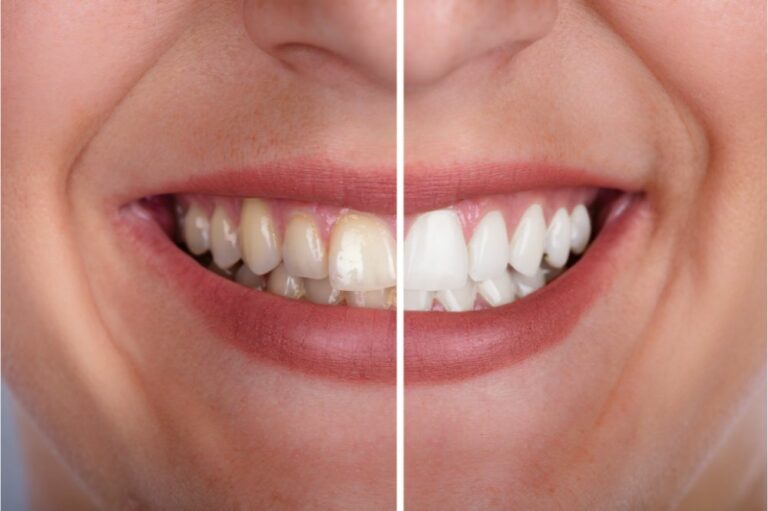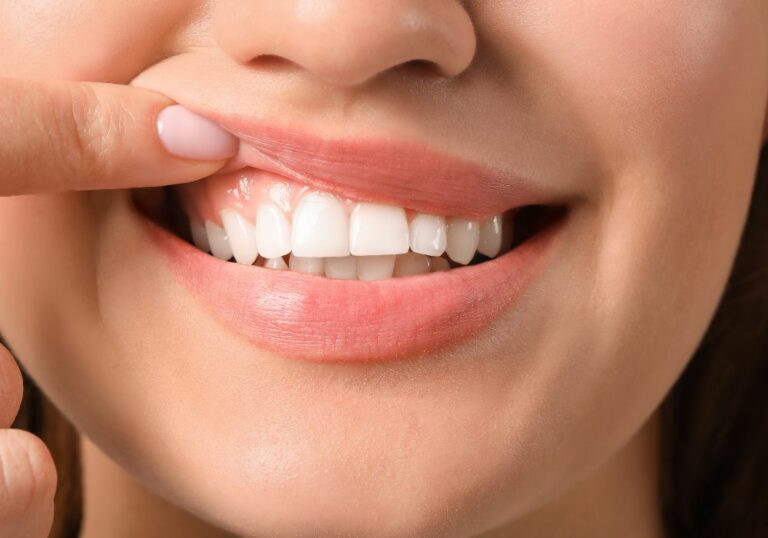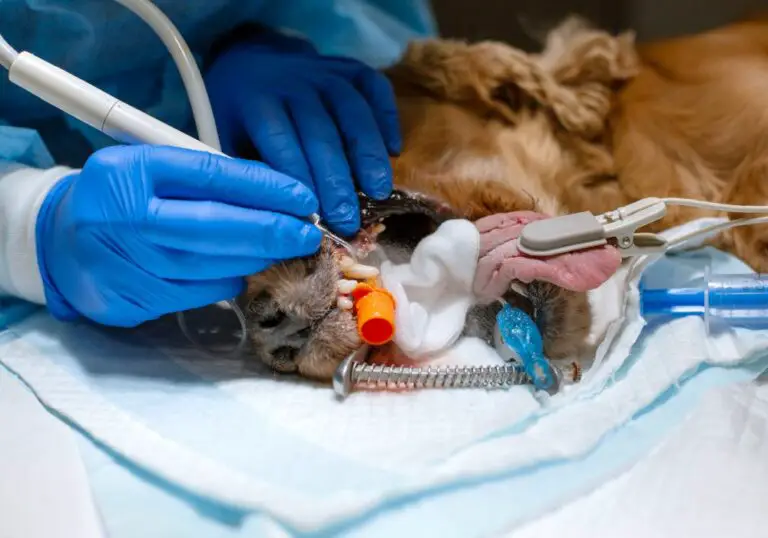Have you ever wondered if frogs ever had teeth? It turns out that the answer is yes, but not all species of frogs have them. According to National Geographic, most frogs have only tiny upper-jaw teeth, while virtually all of them lack teeth along their lower jaws. However, one species of frog, Gastrotheca guentheri, has true teeth in both the upper and lower jaws.
Despite the fact that most tadpoles have teeth, adult frogs of only one species, Gastrotheca guentheri, have true teeth. These teeth are used to grasp prey and are shed and replaced periodically, much like human teeth. Interestingly, research has shown that this frog’s mandible teeth made a comeback about 20 million years ago, after being lost for over 230 million years.
While birds lost their teeth around 100 million years ago with the advent of the beak, and both the largest known vertebrate, the blue whale, and the smallest, a frog from New Guinea, are entirely toothless, frog teeth have been a topic of study for researchers. In this article, we will explore the evolution of frog teeth, the different types of teeth found in frogs, and their functions. So, let’s dive into the fascinating world of frog teeth and discover what makes them unique.
Frogs and Their Ancestry

Frogs are fascinating creatures that have been around for millions of years. They are part of the amphibian family, which includes salamanders and caecilians. Amphibians are some of the oldest creatures on Earth, dating back over 350 million years.
Amphibian Evolution
The evolution of amphibians is a complex and fascinating topic. Scientists believe that amphibians evolved from fish that lived in the water. Over time, these fish developed the ability to breathe air and eventually evolved into the first amphibians.
The earliest amphibians were small, lizard-like creatures that lived on land. They had four legs and were able to move around on land, but they still needed to return to the water to lay their eggs. Over time, amphibians evolved to become better adapted to life on land. They developed lungs so they could breathe air more efficiently and their skin became thicker to prevent dehydration.
One interesting aspect of amphibian evolution is the development of teeth. Many amphibians have teeth, including frogs. However, the teeth of amphibians are very different from the teeth of other animals. For example, frogs have small, sharp teeth that are used to grip their prey. They do not have molars for grinding food like mammals do.
In fact, recent research has shown that the ancestors of modern-day frogs were once keen predators with thousands of teeth to help devour their prey. However, over time, frogs have lost teeth more than 20 times during their evolution, more than any other vertebrate group. Some frog species may have even re-evolved teeth after losing them millions of years before.
In conclusion, the evolution of amphibians, including frogs, is a fascinating subject that continues to be studied by scientists around the world. By understanding the history of these creatures, we can gain a better appreciation for the diversity of life on Earth.
Dental Structures in Frogs
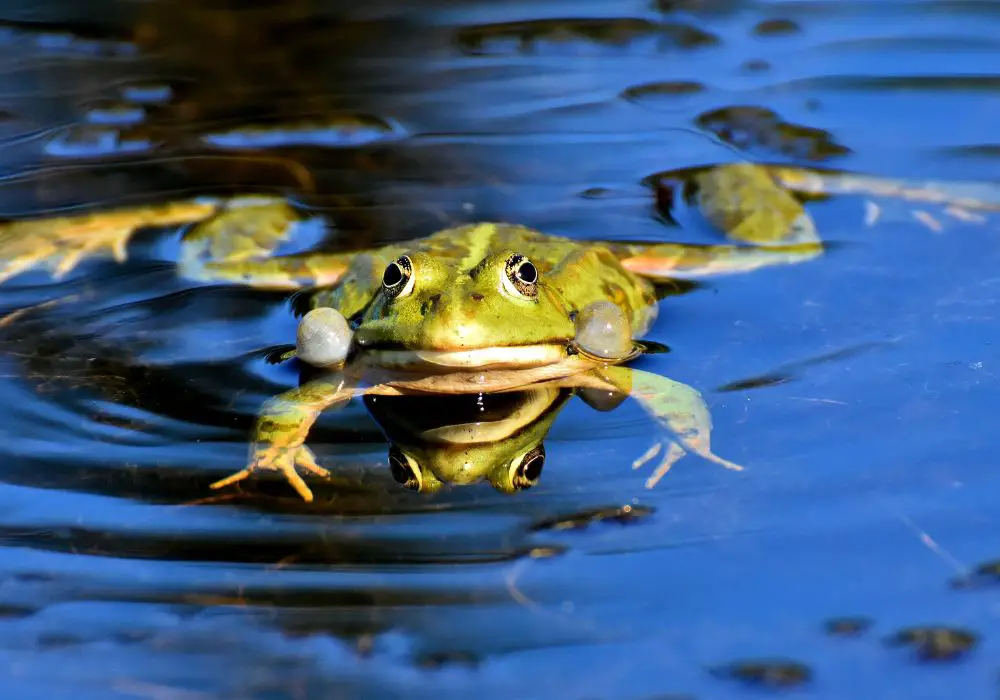
Frogs are known for their unique dental structures that have evolved over time. Some species have tiny teeth on their upper jaws and the roof of their mouths, while others have fang-like structures. However, only one frog species out of the more than 7,000 known species has true teeth on both upper and lower jaws.
Vomerine Teeth
Vomerine teeth are located on the roof of a frog’s mouth, near the nostrils. These teeth are used to hold prey in place and prevent it from escaping. Not all frog species have vomerine teeth, but those that do use them as a primary means of capturing and consuming prey.
Maxillary Teeth
Maxillary teeth are located on the upper jaw of a frog and are used to grasp and hold onto prey. These teeth are typically small and pointed, and not all frog species have them. However, those that do use them in conjunction with their other dental structures to capture and consume prey.
In general, frogs have lost teeth more than 20 times during their evolution, making them oddballs when it comes to dental structures. Some species have completely lost their teeth, while others have evolved unique structures to compensate for their lack of teeth.
Historical Evidence of Teeth in Frogs
Frogs are known for their sticky tongues and absence of teeth. However, historical evidence suggests that frogs did have teeth at some point in their evolutionary history.
Fossil records show that the earliest frogs, dating back to the Triassic period, had small teeth on the roofs of their mouths. These teeth were used to hold onto prey before swallowing it whole.
Over time, frogs lost their teeth as their diet shifted to smaller prey that could be swallowed without the need for teeth. However, some frog species have been found to re-evolve teeth after losing them millions of years ago.
In 2011, a study published in the journal Evolution & Development found that a species of frog in South America, the Gastrotheca guentheri, had re-evolved lower-jaw teeth after an absence of 200 million years. This discovery challenged the assumption that once a trait is lost in evolution, it cannot be regained.
More recently, in 2021, researchers at the Florida Museum of Natural History discovered that a species of marsupial frog, Gastrotheca testudinea, had a full set of teeth. This finding contradicts the idea that frogs completely lost their teeth during evolution and suggests that some species may have retained or re-evolved teeth for specific purposes.
Overall, while most frogs today lack teeth, historical evidence shows that teeth were once present in their evolutionary history. The discovery of re-evolved teeth in some frog species highlights the complex and ever-changing nature of evolution.
Genetic Traces of Teeth in Frogs
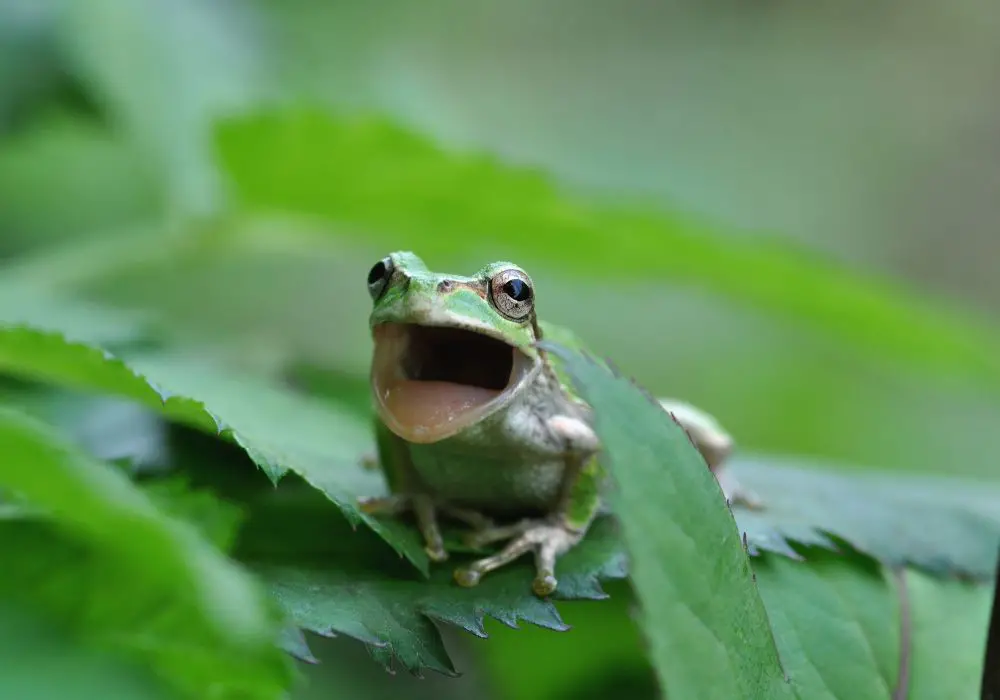
Did you know that frogs have lost teeth more than any other vertebrate during their evolution? Researchers at the Florida Museum of Natural History recently analyzed CT scans of almost every living amphibian genus and found that frogs have lost teeth over 20 times during their evolution. This is more than any other vertebrate!
However, not all frogs have completely lost their dental structures. In fact, some species have retained genetic traces of teeth. Guenther’s marsupial frog, for instance, has re-evolved a full set of teeth in their lower jaws, which defies evolutionary theory. This discovery challenges a “cornerstone” of evolutionary thinking, according to experts.
So, what do frog teeth look like? In general, frog teeth are small and simple, and they are not used for chewing. Instead, they are used to grab and hold onto prey. Some species, like the fang-blenny, even use their teeth as a defense mechanism.
It is fascinating to see how evolution has shaped the dental structures of frogs over time. While some species have completely lost their teeth, others have retained genetic traces of them. Who knows what other surprises the study of frog teeth may hold in the future?
Comparative Analysis with Other Amphibians
When it comes to teeth, frogs are quite unique among amphibians. While most amphibians have teeth on both their upper and lower jaws, frogs have lost their lower teeth over 20 times during their evolution, more than any other vertebrate group.
A recent study by researchers at the Florida Museum of Natural History analyzed CT scans of nearly every living amphibian genus to reveal the evolutionary history of dentition across all major lineages of amphibians. The study found that teeth are present in most clades of vertebrates but have been lost completely several times in actinopterygian fishes and amniotes.
Interestingly, some frog species may have even re-evolved teeth after losing them millions of years before. For example, the Gastrotheca guentheri, a rare frog species found in South America, has a full set of teeth on both its upper and lower jaws, which is a unique trait among living frogs.
Comparing frogs to other amphibians, salamanders and caecilians have a more consistent presence of teeth on both their upper and lower jaws. Salamanders have a diverse range of teeth shapes and sizes,
Frequently Asked Questions
Do bullfrogs have teeth?
Yes, bullfrogs have teeth, but only on the upper jaw. These teeth are called maxillary teeth and are used to grip prey before swallowing.
Do frogs bite?
Yes, some species of frogs can bite if they feel threatened or if they mistake your finger for food. However, most frogs are not aggressive and will try to escape from danger rather than bite.
How many teeth do frogs have?
The number of teeth a frog has varies depending on the species. Some frogs have no teeth at all, while others have up to hundreds of tiny teeth on their upper jaw and the roof of their mouth.
Where are frogs teeth located?
Most frogs have teeth on their upper jaw, although some species also have teeth on the roof of their mouth. Only one species of frog has true teeth on its lower jaw.
How do frogs breathe?
Frogs breathe through their skin and lungs. They absorb oxygen through their skin when they are in water and through their lungs when they are on land. Some species of frogs can also breathe through their mouth lining.
Why do frogs have teeth if they do not chew?
Frogs use their teeth to grip and hold onto their prey before swallowing it whole. They do not chew their food like humans do, but instead rely on their stomach acid to break down their food.

